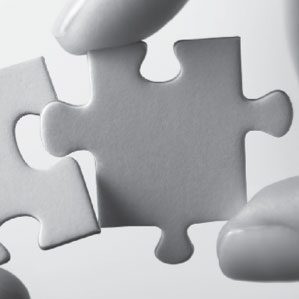 Jean-François Godbout,
Jean-François Godbout,
Assistant professor
Frédéric Mérand,
Associate professor
Department of Political Science,
University of Montreal
Since the May 2, 2011, federal election there has been much talk about a merger between the New Democratic Party and the Liberal Party of Canada. The supporters of this option attribute the electoral success of the Conservative Party to the joining of the forces of the right in 2003. Since more than 60% of
Canadians did not vote for this party in the last election, many believe that a merger of the centre and left parties would make the victory of a progressive party possible in 2015. According to Jean Chrétien, if the Liberals had merged with the CCF (the predecessor of the NDP) in 1956, “they would be in government today”. The former Prime Minister added that “it will happen someday”.
In the view of opponents of this idea, Liberal voters may be spooked by the NDP, nullifying the potential gains by offering centrist voters to the Conservatives on a silver platter. According to Andrew Coyne, editor in chief of the weekly magazine Maclean’s, “the main beneficiaries of such a merger would probably be the Conservatives. This is one of the axioms of political science”.
A Harris-Decima poll conducted at the beginning of September 2011 confirmed that only 24% of Canadians are favourable to a merger of the two progressive parties, while 63% are opposed. No majority favours this idea: neither among Liberal voters nor NDP voters; neither in Quebec, nor in the rest of Canada.




